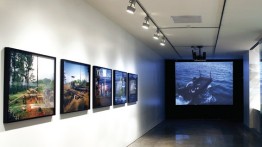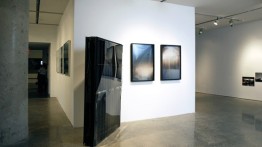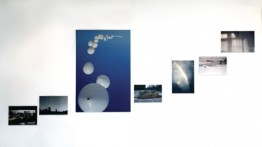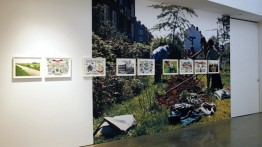Free as Air and Water
POSTED ON: November 2, 2009
September 16 through October 27, 2009
On September 16, to celebrate the 150th anniversary of the college, the School of Art at The Cooper Union opened Free as Air and water, its inaugural exhibition in 41 Cooper Gallery, an extraordinary new space in 41 Cooper Square. The exhibition takes Peter Cooper's belief that “Education should be Free as Air and Water” as a starting point. It addresses the spirit of the statement by recognizing the difference between then (1859) and now (2009). Today, air, water and land are all subordinated to the logic of privatization strongly impacting the environment. As the past few decades have witnessed how global power has systematically distributed the world’s resources in unequal ways, concerns such as human rights have become increasingly tied to issues involving air, water and land. Curated by Dean Saskia Bos and Associate Dean Steven Lam, Free as Air and Water addresses these questions within the context of contemporary art linking a broad set of issues such as public access to resources, political ecology and governmentality within a group exhibition that features a diverse array of artistic operations and tactics. Featuring projects that are rigorous and poetic in their conceptual processes, the exhibition provides a needed density when one discusses the role of art in relation to ecology. In addition to the exhibition, two symposia were held on the topics of artistic responses to self-sustainability and climate change and art in relation to human rights and the freedom of expression.
The exhibition includes the work of alumni, current and former faculty and a diverse group of contemporary artists working across media. Participating artists include Allora & Calzadilla, Amy Balkin, Robert Bordo, The Bruce High Quality Foundation (Various alumni, A’04), Ross Cisneros (A’02), Amy Franceschini and Free Soil, Andrea Geyer, Hans Haacke, Paul Ramirez Jonas, Runo Lagomarsino, Andrea Polli, Marjetica Potrc, Simon Starling, Temporary Services, Oscar Tuazon (A’99) and Lidwien Van de Ven.









